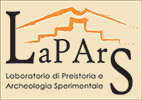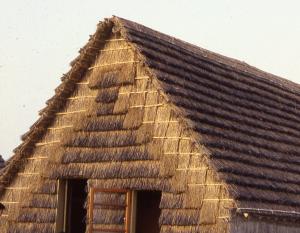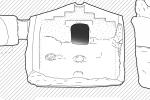Ethnoarchaeology
This discipline makes it possible to investigate the mechanisms that play a part in the formation of the archaeological record as well as helping to understand the marks left on objects during the various phases of production, use and abandonment. The opportunity to compare both macro and micro tool marks found on archaeological objects to those present on existing traditional artefacts makes it an important methodological and interpretative reference point, in particular for research on pottery and plant raw materials.
Sardinia, an island of strong traditions where crafts and skills are handed down through the generations up until the most recent times, is an ideal observatory from which to examine the undeniably important role of plant raw materials in domestic life as well as specific economic behaviour, both through anthropological research and face-to-face contact with modern craftspeople still working in this field.
The chance to directly observe the ethnographic patrimony of a modern community closely connected to a lagoon (craftspeople using plant materials in the regions of Sinis, Cabras, Oristano) has made it possible to identify the vegetal materials traditionally used in humid areas and to reconstruct - in the same way as with other raw materials - an articulated sequence, starting with the harvest - through the various phases of drying, treating, cutting, weaving, etc. - up to the realisation of structures, tools, watercraft and the creation of furnishings and ornaments, etc. This ethnographic research has made it possible to make observations about the functions of various objects and their lifespan in relation to their use and exposure to the elements.
The information gathered at an ethnographic level has proved to be useful in the activities of experimental archaeology, such as in the harvesting of particular vegetable materials (a seasonal activity) and their successive treatment, through the use of experimental tools. It has also, for example, made it possible to recognise and interpret plant imprints on pottery surfaces, demonstrating the existence of certain species in the vicinity of prehistoric populations.



